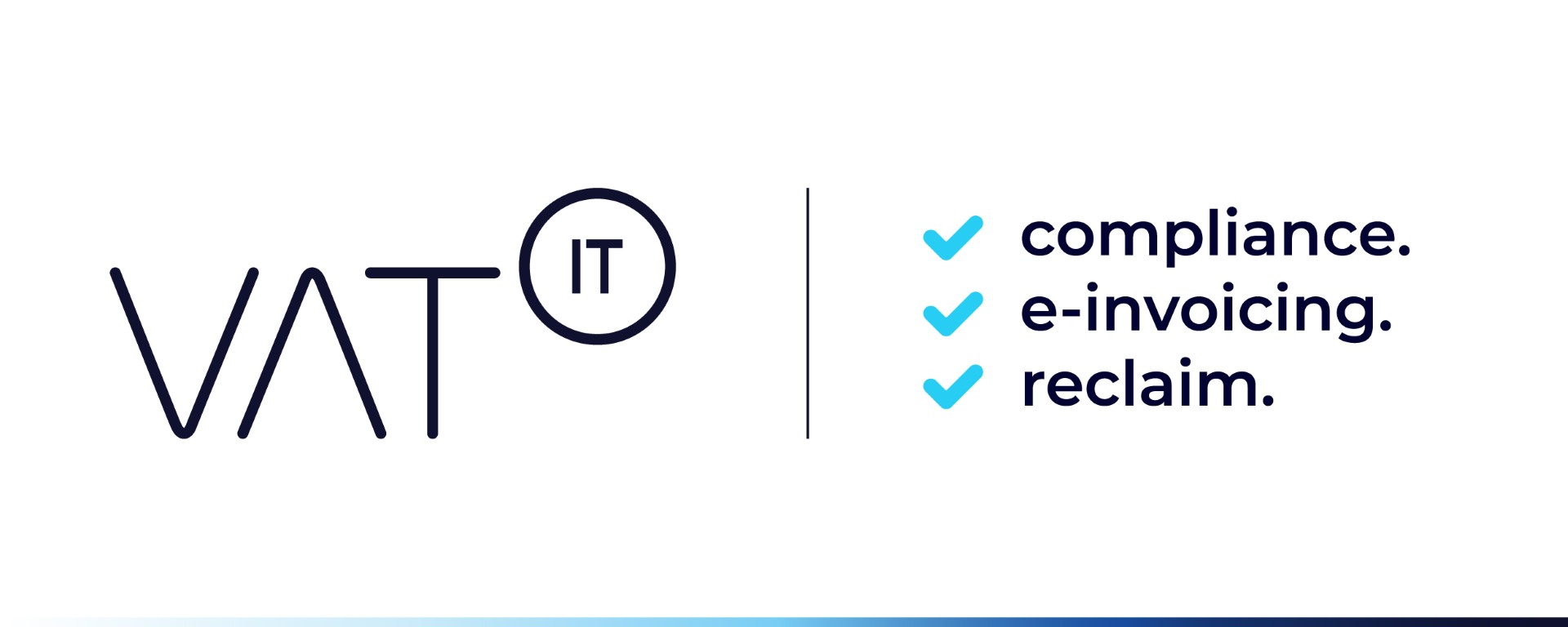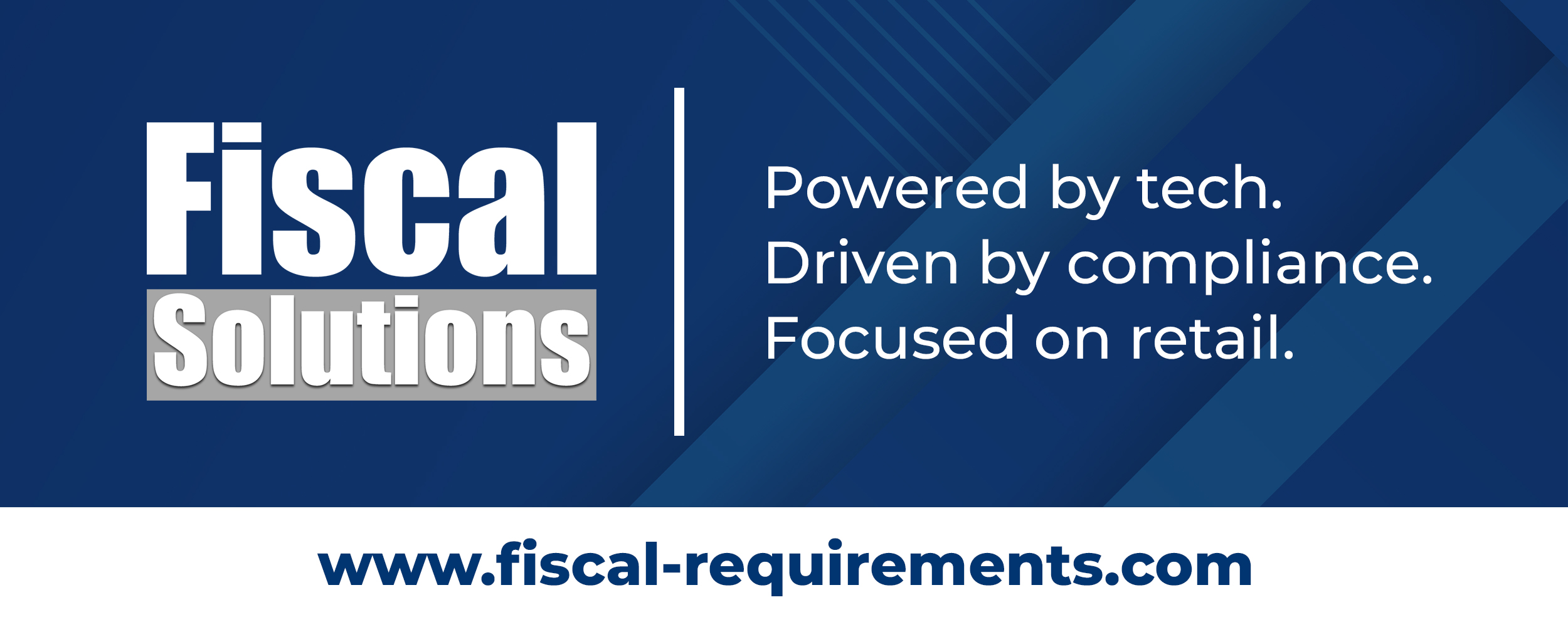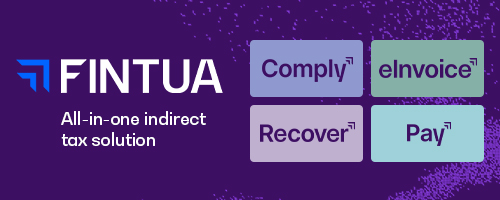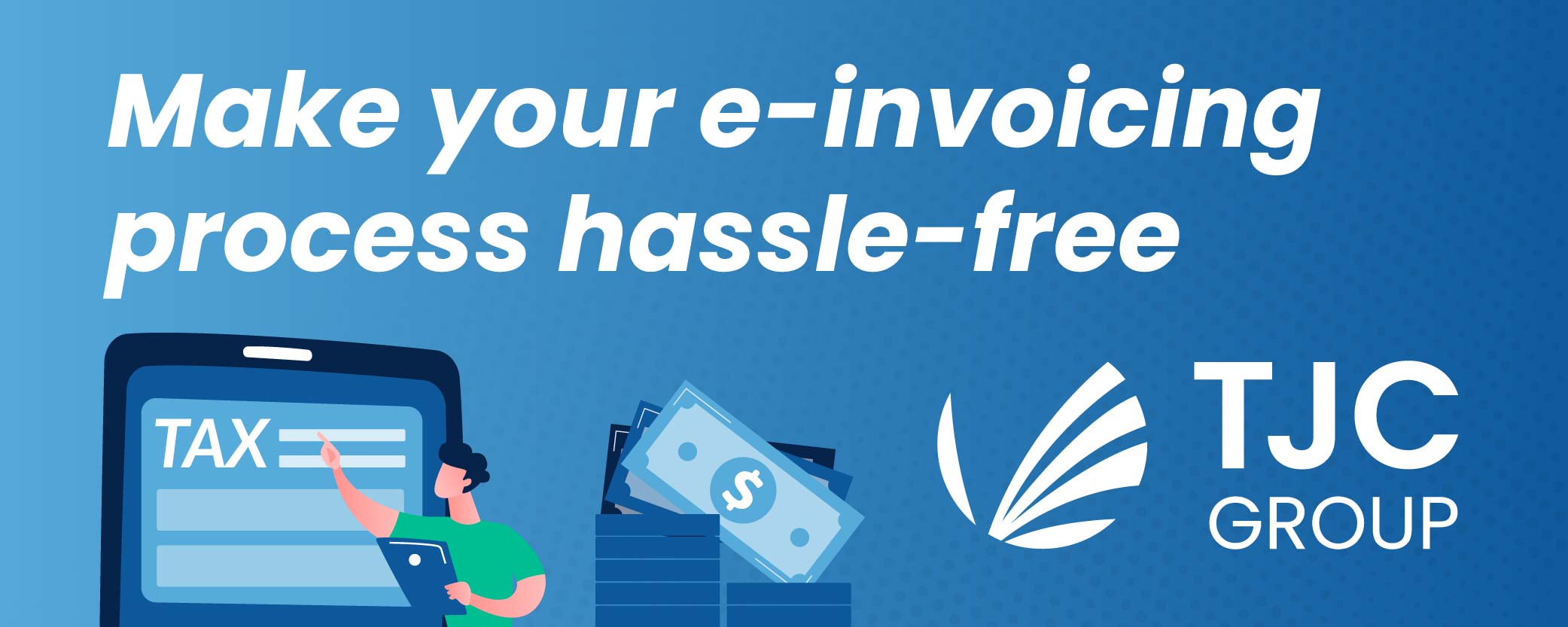- E-commerce sellers have significant tax responsibilities under GST, including claiming refunds to improve cash flow and reduce tax burden.
- GST refunds occur when excess tax is paid, often due to unused Input Tax Credit or cash in the GST ledger.
- Refunds for e-commerce sellers typically arise from unutilized ITC, TCS by marketplaces, exports without tax, or higher input tax than output tax.
- Refund applications are made through the GST portal using Form RFD-01.
- E-commerce platforms deduct 1 percent TCS, which appears in the seller’s cash ledger and can be used for GST dues or refunds.
- Sellers should reconcile TCS in their ledger with GSTR-3B and GSTR-8 to avoid mismatches and delays.
- Input Tax Credit can be claimed on business expenses like raw materials, packing, marketing, software, and professional services.
- Suppliers must upload invoices and file returns on time for sellers to claim ITC.
- Timely filing of GSTR-1, GSTR-3B, GSTR-2B, and GSTR-8 is crucial for claiming refunds.
- Refund applications must be made within 2 years from the relevant date, with tax officers having 60 days to process.
- Common mistakes include mismatched data, claiming ITC on blocked items, not reconciling TCS, using non-compliant invoices, and missing deadlines.
- Best practices include monthly reconciliation, organizing documents, and using software tools.
Source: rmpsco.com
Note that this post was (partially) written with the help of AI. It is always useful to review the original source material, and where needed to obtain (local) advice from a specialist.
Latest Posts in "India"
- GSTN Releases Key FAQs on GSTR 9/9C Filing for Financial Year 2024-25
- Supreme Court: VAT Credit Cannot Be Denied Due to Supplier’s Tax Default
- Trickiest countries in which to achieve compliance
- India announces changes in the Invoice Management System
- GST: India’s Grand Federal Bargain Becomes Imperfect Political Compromise After Eight Years














